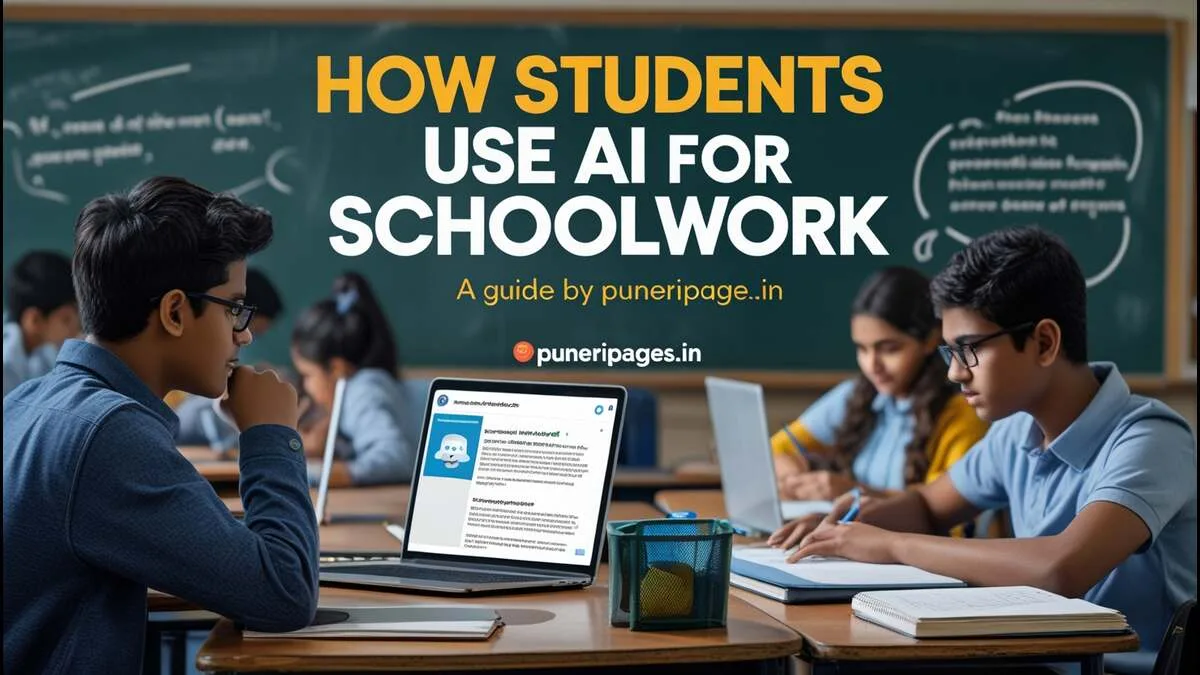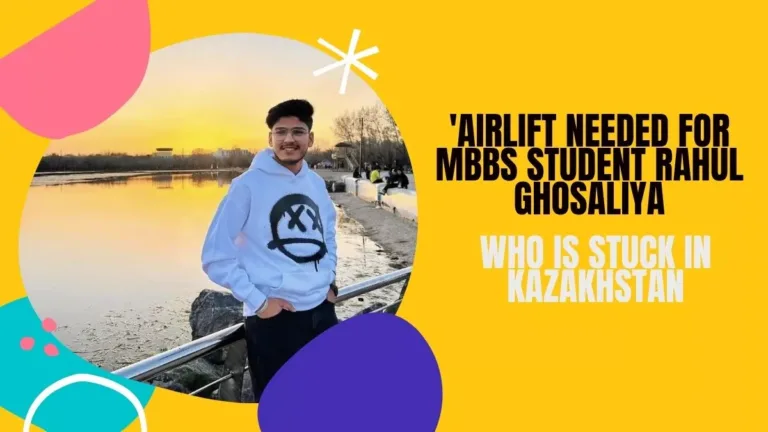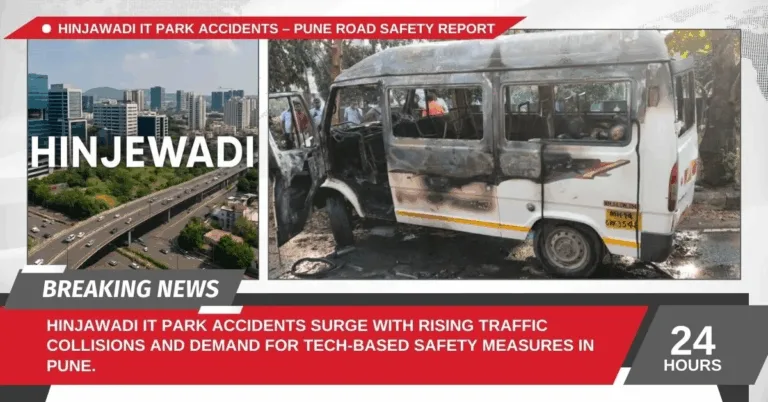
From smart tutoring to gray-area paraphrasing—see how students are using AI in schoolwork today. Image by puneripages.in
By Prashant for PuneriPages.in
There’s a quiet revolution happening in classrooms, libraries, and living rooms across the world. It doesn’t wear a uniform or carry a backpack. It doesn’t raise its hand to speak. But it’s helping students brainstorm essays, solve equations, write code, and even (sometimes) sneakily complete assignments.
Yes, I’m talking about Artificial Intelligence. And the way students are using it today isn’t just a tech trend—it’s a window into where education is headed. I wanted to understand it better myself, so I decided to go beyond the headlines and explore what students are actually doing with AI.
Table of Contents
The Spectrum of AI Use in Schoolwork: From Tutor to Cheating Machine
To truly get a grip on this, you have to think of AI use like a spectrum. On one end, we have totally ethical and helpful learning aids. On the other? Well, let’s just say your teacher wouldn’t be too happy. And somewhere in the middle is a grey zone that’s trickier to navigate than a maze of exam hall seating.
Let me break it down.
✨ AI as the Tutor & Research Assistant (The Good)
This is AI at its best. Students (myself included) are using it like a personal coach who never sleeps. It helps explain complex topics in plain language, summarize dense PDFs, or come up with ideas when you’re stuck staring at a blank page at midnight.
Real examples:
- “Explain the Krebs cycle like I’m a 10th grader.”
- “Give me 5 pros and cons of social media in politics.”
- Using Perplexity to summarize articles for research projects.
This kind of use is empowering. It supports learning, encourages curiosity, and lets students work at their own pace. Honestly, if I had this during my board exams, I might’ve had fewer breakdowns!
⚠️ AI as the Smart Editor & Paraphraser (The Grey Area)
Now, here’s where things get murky. Some students use AI to rewrite their rough drafts, rephrase textbook definitions, or expand short answers. On the surface, it’s just “editing,” right?
But here’s the dilemma: where does your work end and the AI’s begin?
Typical prompts:
- “Make this sentence more academic.”
- “Expand this into a paragraph.”
- “Reword this to avoid plagiarism.”
It’s like using a calculator during mental math tests. Helpful? Sure. Fair? Depends on the rules.
I personally think teachers need to update their rubrics. Because ignoring AI at this point is like ignoring smartphones—they’re not going away.
❌ AI as the Ghostwriter & Cheating Machine (The Bad)
Then there’s the dark side. Some students (again, no judgment, just the truth) are using AI to write entire essays, solve math homework, or even generate fake references.
Examples include:
- “Write a 1000-word essay on climate change.”
- “Solve this calculus problem step-by-step.”
- “Give me a list of sources for a psychology paper.” (which sometimes invents fake articles!)
This isn’t helping you learn. It’s outsourcing your thinking. And while it might get you through an assignment, it won’t prepare you for a viva, job interview, or real-life problem-solving.
I get the temptation. Sometimes deadlines and pressure feel like monsters under the bed. But in the long run, cutting corners with AI might cost more than a few marks.
So, What Should We Actually Do About It?
I don’t think banning AI in schools is the answer. It would be like banning books because some people plagiarize quotes. Instead, we should learn how to use it better.
Here’s what I wish more classrooms would do:
For Teachers:
- Set clear rules: What kind of AI use is allowed? What isn’t? Spell it out.
- Change how assignments work: Include reflections, oral exams, or personal stories that AI can’t fake.
- Teach prompt crafting: Knowing how to ask AI is becoming as important as knowing the answers.
For Students:
- Be honest. If AI helped you, say so. Cite your use like a source.
- Use AI to learn, not just submit. Get feedback, test your ideas, ask it to quiz you.
- Don’t trust blindly. Double-check facts. AI makes stuff up sometimes (seriously, it hallucinated a whole Supreme Court ruling for me once).
The Future: Less Memorization, More Meaning
The way I see it, AI is pushing us to rethink education itself. If an app can write a summary or solve a problem, what’s our role as learners?
Maybe it’s not about who remembers the most facts anymore. Maybe it’s about who can ask the best questions, tell the most human stories, and apply knowledge in ways no machine ever could.
And that’s exciting.
Whether you’re a student wondering how far you can go with ChatGPT, or a teacher worried about misuse, the goal should be the same: making education more honest, creative, and human.
Because even in an AI world, learning should still feel like ours.






